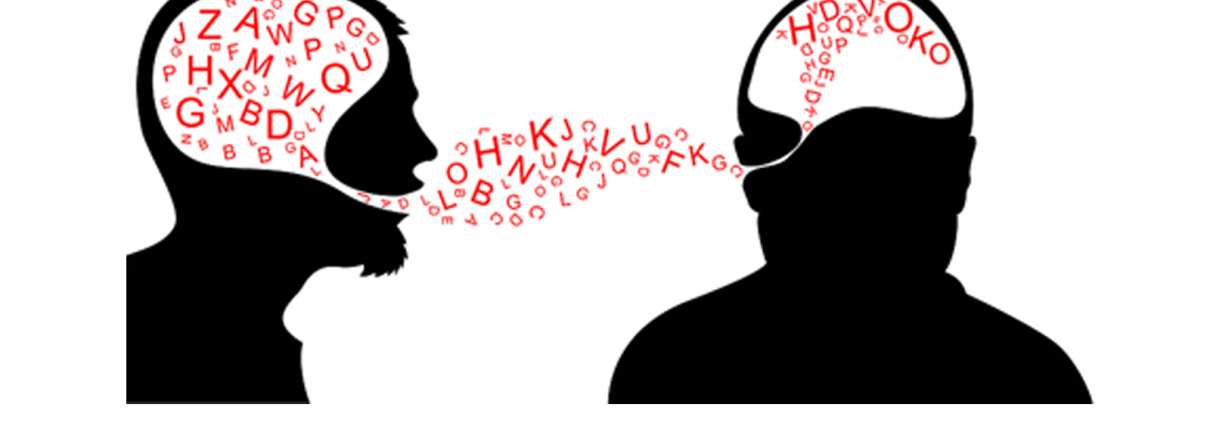Google Beyond Research
Everyone is more than used to turning to the greatest research tool in the world: Google. Everything there is in this planet can be found there, there is not a single thing this tool cannot fetch and if Google cannot find it, then it just does not exist. What maybe few second language teachers know is that there is also another tool that can be very well used in language classes.
Even those teachers who are not tech aficionados ended up giving in to Google. However, a very low number of them have used their precious time of lesson preparation to explore every single corner on Google For Education. Calendars can be synced, files are shared and edited there, which is good for students’ work. In case you haven’t been introduced to each other yet, Google Drive offers their users a powerful tool to receive and share content with your students which means that if you want to flip your classes, you can kiss goodbye your excuses. Inside the core of lesson planning (warm-up, drilling, performance), with the resource of Google Drive it is possible to create a video clip that is going to be used at the warm-up stage. For instance, supposing that the content of the day is about looks, it might be interesting to go to a park and record all walks of people tall, short, fit, skinny, blondes, brunettes, people with curly or straight hair. Such a beginning of activity can expand the options for other sections of the lesson plan and, in addition, you will not be stuck with the school’s technical resources which are, in many cases, unfortunately limited.
On the other hand if Google Drive is already your BFF and you think you know all its features like the back of your hand, coding may be a good option for you to work with in your classroom. Yup, coding. That programming language used to design websites, apps and softwares. Of course Google’s Made With Code is not going to teach us exactly how to write codes, instead it uses the concept of functional blocks and offers a valuable tool for second language classes. Creating an avatar through geometric shapes can also be a fun activity with a techie pitch for K-12 groups. In this activity creativity and logical thinking are worked on and the outcome can become a tangible evidence of how students perceive, for instance, a character of book previously read. The stimulus for students to present and justify, in the target language, what each part of the avatar represents will make them communicate and use the vocab they learned such as geometrical shapes, colors, body parts. And what about asking your students to reproduce a poem in another language, with the same theme, but with a contemporary viewpoint? Too boring? Not if they can make their work into music. After they make their version of the poem, the students can use Google to create beats and become a rockstar for one day.
We all know how powerful Google has become and its education division has developed so impressive tools as the research. Knowing how to use such tools hinges on how willing a teacher is to understand how they work and think about implementing them in their activities. Go beyond the basics.



